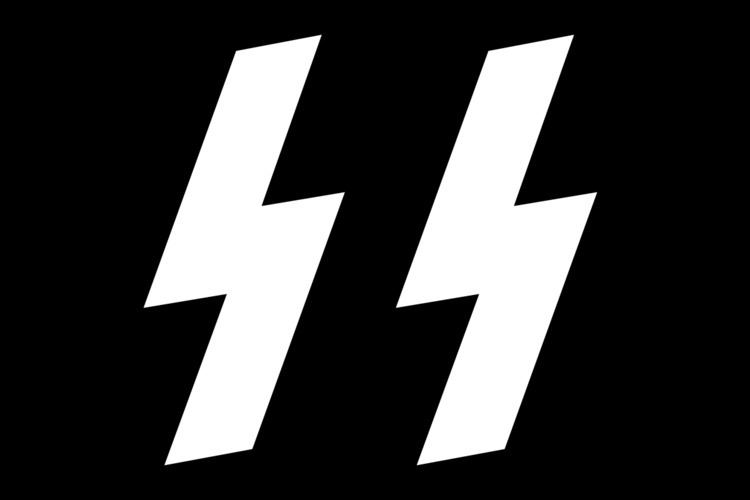Name Proto-Germanic Sigel Sol ᛊ
U+16CA ᛋ
U+16CB | *Sōwilō Sigel Shape Elder Futhark ᛋ
U+16CB ᛌ
U+16CC | |
 | ||
*Sowilō or *sæwelō is the reconstructed Proto-Germanic language name of the s-rune, meaning "sun". The name is attested for the same rune in all three Rune Poems. It appears as Old Norse sól, Old English sigel, and Gothic sugil.
Contents
Name
The Germanic words for "Sun" have the peculiarity of alternating between -l- and -n- stems, Proto-Germanic *sunnon (Old English sunne, Old Norse, Old Saxon and Old High German sunna) vs. *sôwilô or *saewelô (Old Norse sól, Gothic sauil, also Old High German forms such as suhil).
This continues a Proto-Indo-European alternation *suwen- vs. *sewol- (Avestan xweng vs. Latin sōl, Greek helios, Sanskrit surya, Welsh haul, Breton heol, Old Irish suil "eye"), a remnant of an archaic, so-called "heteroclitic", declension pattern that remained productive only in the Anatolian languages.
The Old English name of the rune, written sigel (pronounced /ˈsɪ.jel/) is most often explained as a remnant of an otherwise extinct l-stem variant of the word for "Sun" (meaning that the spelling with g is unetymological), but alternative suggestions have been put forward.
Development and variants
The Elder Futhark s rune (reconstructed name *Sowilo) is attested in two variants, a Σ shape (four strokes), more prevalent in earlier (3rd to 5th century) inscriptions (e.g. Kylver stone), and an S shape (three strokes), more prevalent in later (5th to 7th century) inscriptions (e.g. Golden horns of Gallehus, Seeland-II-C).
Coincidentally, the Phoenician letter šin from which the Old Italic s letter ancestral to the rune was derived was itself named after the Sun, shamash, based on the Egyptian uraeus hieroglyph.
The Younger Futhark Sol and the Anglo-Saxon futhorc Sigel runes are identical in shape, a rotated version of the later Elder Futhark rune, with the middle stroke slanting upwards, and the initial and final strokes vertical.
The Anglo-Saxon runes developed a variant shape (ᚴ), called the "bookhand" s rune because it is probably inspired by the long s (ſ) in Insular script. This variant form is used in the futhorc given on the Seax of Beagnoth.
Armanen Runes
The Sig rune in Guido von List's Armanen Futharkh corresponds to the Younger Futhark Sigel, thus changing the concept associated with it from "Sun" to "victory" (German Sieg). With the following rune, Týr, this forms Sigtýr, a name of Ódin.
It was adapted into the emblem of the SS in 1933 by Walter Heck, an SS-Sturmhauptführer who worked as a graphic designer for the firm of Ferdinand Hofstätter, a producer of emblems and insignia in Bonn. Heck's simple but striking device consisted of two sig runes drawn side by side like lightning bolts, and was soon adopted by all branches of the SS – though Heck himself received only a token payment of 2.5 Reichsmarks for his work. The device had a double meaning; as well as standing for the initials of the SS, it could be read as a rallying cry of "Victory, Victory!". The symbol became so ubiquitous that it was frequently typeset using runes rather than letters; during the Nazi period, an extra key was added to German typewriters to enable them to type the double-sig logo with a single keystroke.
Internationally-renowned American rock band Kiss uses a different logo in Germany than it does for the rest of the world, due to the two 'S's in their logo (which spells out 'KISS') resembling the double-sig rune.
